Sweet Grass
Sweet grass is a perennial herb primarily grown in North America and northern Eurasia. Known for its beautiful aroma, it is used in flavoring various drinks, distilled beverages and perfumes as well as in the manufacturing of herbal medicines. Some of the other names in which this herb is known include holy grass, vanilla grass, Seneca grass and Mary’s grass.
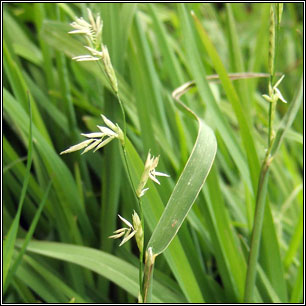
Sweet Grass
Table Of Content
Scientific Name for Sweet Grass
The scientific name for this plant is “Hierochloe odorata”.
Sweet Grass Description
Sweet grass is a strong and hardy perennial plant. Upon maturity, the plant attains a height of around 30 inches. A characteristic sweet fragrance can be found near these plants.
Stems: The hollow stems are hairless and have open sheaths.
Leaves: The leaf blades are smooth and flat; they reach a length of around 10 cm to 30 cm. The bases of the leaves are broad, hairless and white-colored. The underside of the leaves is hairless and shiny. Sometimes the bases of leaves grown in the wild have a purple-red color; this is due to phosphorus deficiency.
Inflorescence: The sweet grass inflorescence constitutes of an open panicle around 4 cm to 9 cm long. The lower branches of the herb are either drooping or spreading. The spikelets have three flowers. The two lower florets have stamens and are male; the uppermost floret is both female and male.
Root: The root structure of this plant is rhizomatous. The roots and rhizomes form a dense mat under the surface of the soil.
Fruits: The fruits are classified as caryopsis.
The sweet grass herb has numerous strains; a regular strain can be harvested only once or twice annually, while a polyploid strain can be harvested for around five times a year.
Sweet Grass Range and Distribution
The Sweet Grass plant is grown in many parts of North America such as southern Canada, Nova Scotia, the Great Plains, Rocky Mountains, Newfoundland, Alaska, Colorado, New Jersey, California and New Mexico. In Europe, it is found in some parts of the British Isles, different regions of Europe including Switzerland as well as in different parts of northern Eurasia.
Sweet Grass Cultivation
The Sweet Grass plant is a perennial graminoid enjoying most of its growth in the spring, summer and fall seasons. The flowers bloom from May to July. Production of fruits and seeds start in summer and continue through the fall. The plant has a moderate rate of growth and a moderate life span. It prefers moist soil and sunny weather. Sweet grass grows mainly in riparian areas and wetlands.
The plant is propagated through seeds. The plant spreads slowly through seed production. The seedlings are characterized by having a low vigor. Cold stratification of the seeds is not needed for the germination of the seeds. The minimum temperature should not go below -38°F for the plants to survive. It is difficult for the plants to thrive in dry and drought conditions. It takes around 2 to 3 years for a strong root system to develop. The soil should be fertilized regularly to maintain soil fertility. The plants should be watered regularly.
When they are grown in a greenhouse environment, it is important to dig up the plants and separate them during late fall or the winter months. When doing so, it should be ensured that the plantlets have rhizome buds. They should be planted in loose, light soil on 3-foot centers. The plants should be protected at this stage from herbivores and dogs who may want to eat them. Unwanted vegetation and weeds should be removed regularly for proper growth of the plants.
Sweet Grass Harvest
Sweet grass is harvested by cutting the grass. This is done during early to late summer months when they have reached a desired length.
Sweet Grass Uses
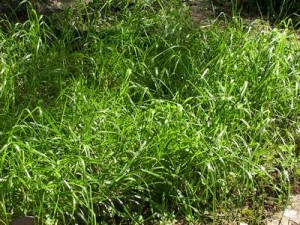 Picture 2 – Sweet Grass Picture
Picture 2 – Sweet Grass Picture
Edible Usage
This plant is used as a flavoring agent in various beverages, soft drinks, tobacco and candy. The leaves of this plant are brewed for making tea. It is also used in flavoring vodka.
Medicinal Uses
The plant has the following medicinal properties:
- Tea made of Sweet grass leaves were used to bring relief from sore throats and coughs. The tea was also drunk to cure venereal diseases.
- Sweet grass water was also used as an eyewash solution as well as in healing of problems like windburn and chapping.
- Sweet grass was mixed with seeds of Thalictrum occidentale to prepare a tea. Drinking this tea helped in clearing the congestions of nasal passages.
- A certain Sweet grass infusion was used by the Karok people of northern California to treat women who suffered from miscarriage. Drinking this infusion also helped pregnant women in arresting fetal growth.
- Tea made from Sweet grass was drunk by women after giving birth to prevent vaginal bleeding and for expelling the placenta.
- Coumarin content of this plant is useful in the reduction of high-protein edemas like lymphodema.
Other Uses
Some of the other uses of this plant are described below:
- This plant is used in aromatherapy.
- Due to the sweet fragrance of this plant, it is used as incense.
- The plant is used to prepare hairwash.
- It is also used for cosmetic purposes like hair and body decoration.
- The leaves of this plant were used in making baskets.
- The plant is used in manufacturing perfumes.
- The fragrant leaves of this plant are used to stuff mattresses and pillows by the Kiowa people.
- The smoke of this plant is also used to aid meditation.
Sweet Grass Interesting Facts
Here are some interesting facts about these grasses:
- The sweet fragrance of Sweet Grass plant comes from a chemical compound called Coumarin.
- Native Indian people called this plant the “grass that never dies”. This was because the plant retains its spirit and fragrance even when it is cut.
- Native American people often used this plant for religious purposes such as making incense and calling spirits as well as to aid them while they are fasting.
- The plant can induce a soporific effect and have been used in meditation and shamanistic rituals with the belief that it has some mild psychotropic properties.
- In Great Plains, the natives believed that Sweet grass is the first plant that covered Mother Earth.
- In Northern Europe, these grasses were spread in front of church doors on important Christian festivals due to the sweet aroma that they created.
Sweet Grass Availability
These plants are easily available in garden stores and nurseries as well as from online dealers and distributors of plants and herbs.
Sweet Grass Side Effects
Coumarin is a natural anticoagulant having some toxic properties which are harmful to the liver and can cause hemorrhages.
Sweet Grass Pictures
Here are some Images of Sweet Grass as given below:
Sweet grass is a plant that has many beneficial properties. Apart from producing a sweet aroma, it also helps in treating many physical ailments. In modern times, the total area covered by these grasses has reduced a lot compared to the earlier days. Hence we should focus more on the plantation of these useful grasses.
References:
http://www.gardenguides.com/taxonomy/sweetgrass-hierochloe-odorata/
https://pfaf.org/user/Plant.aspx?LatinName=Hierochloe+odorata
http://www.nativetech.org/plants/sweetgrass.html
http://nativeplants.evergreen.ca/search/view-plant.php?ID=00367
- by Prasenjit Banerjee
- November 4th 2011

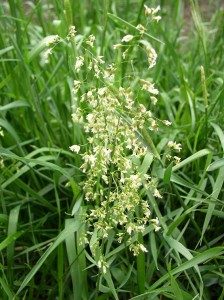
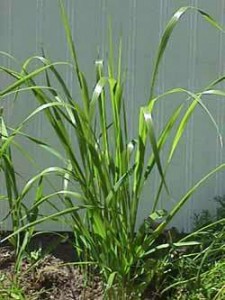
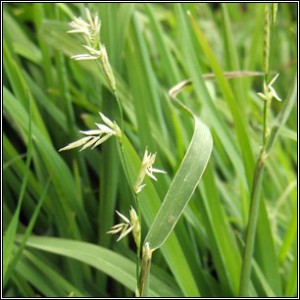
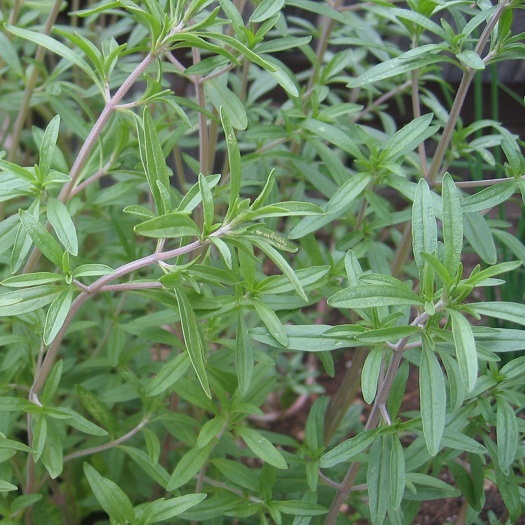
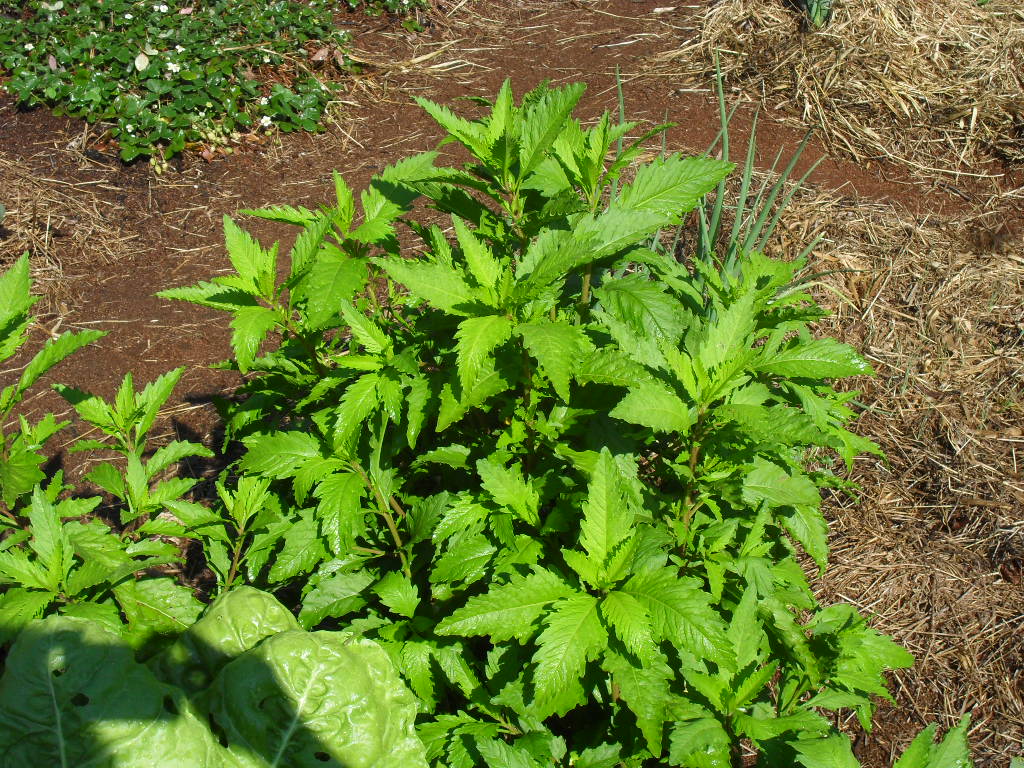

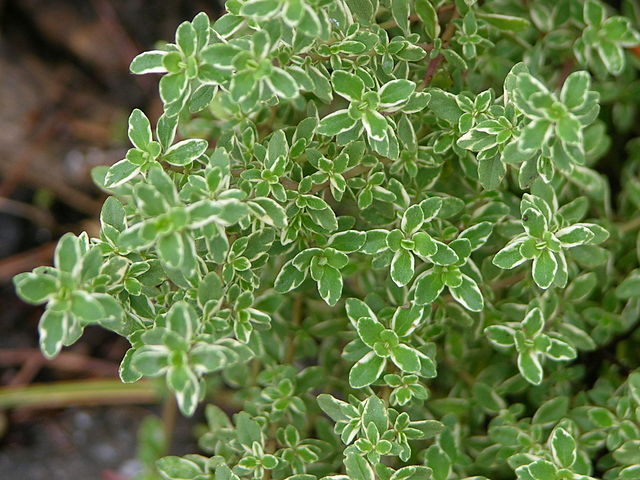















Leave a Reply